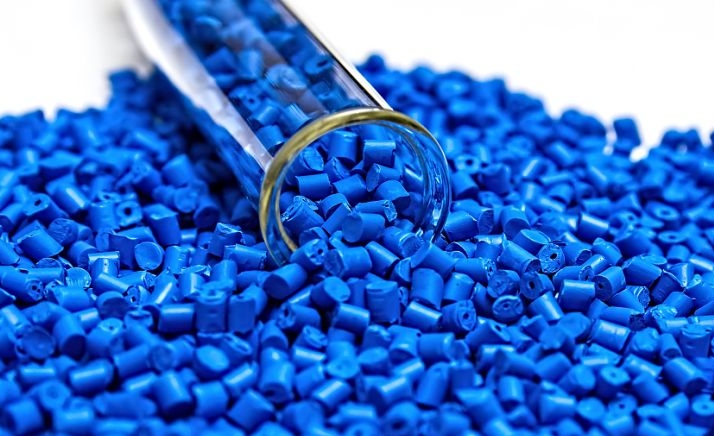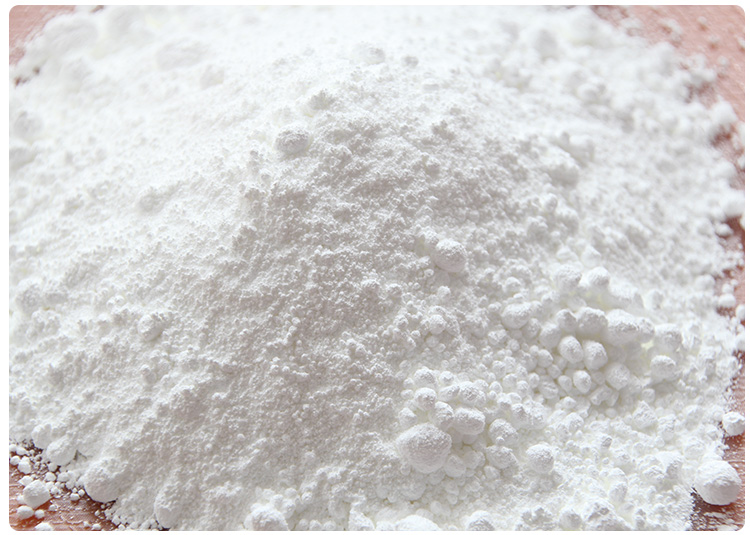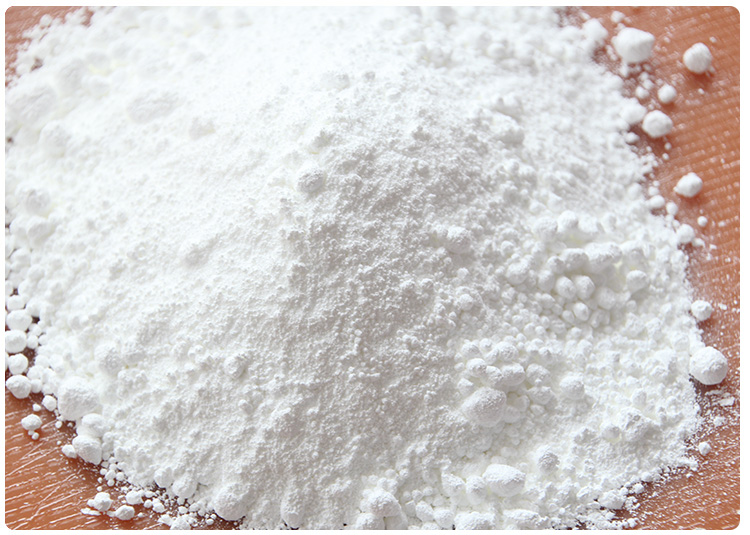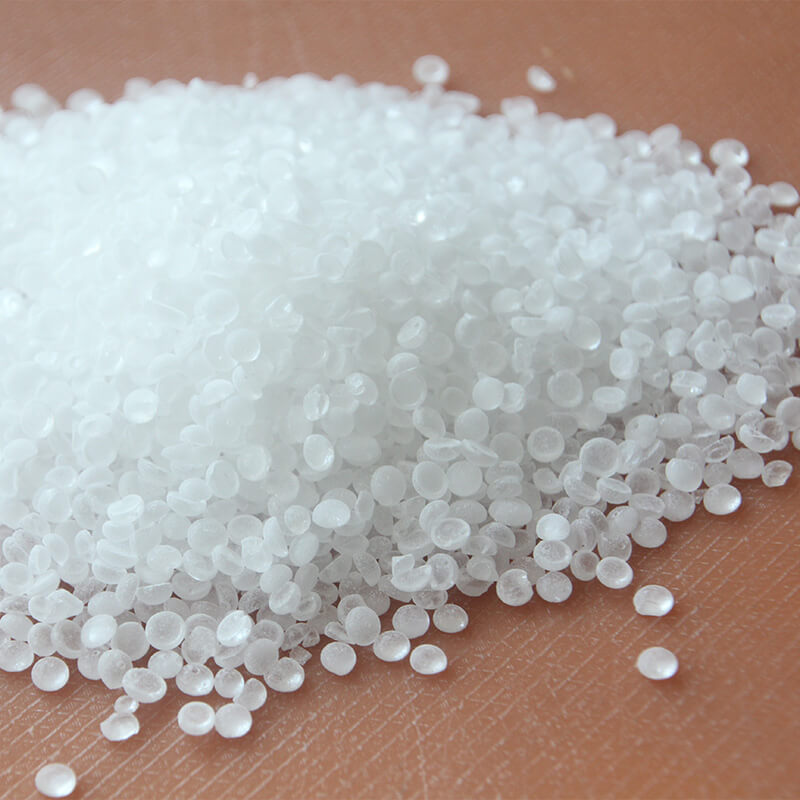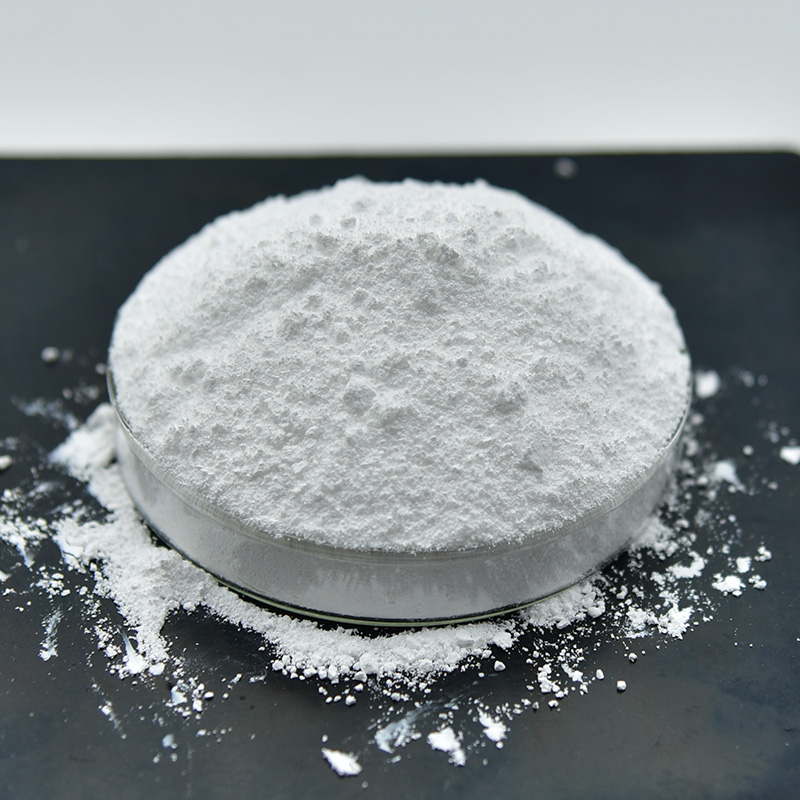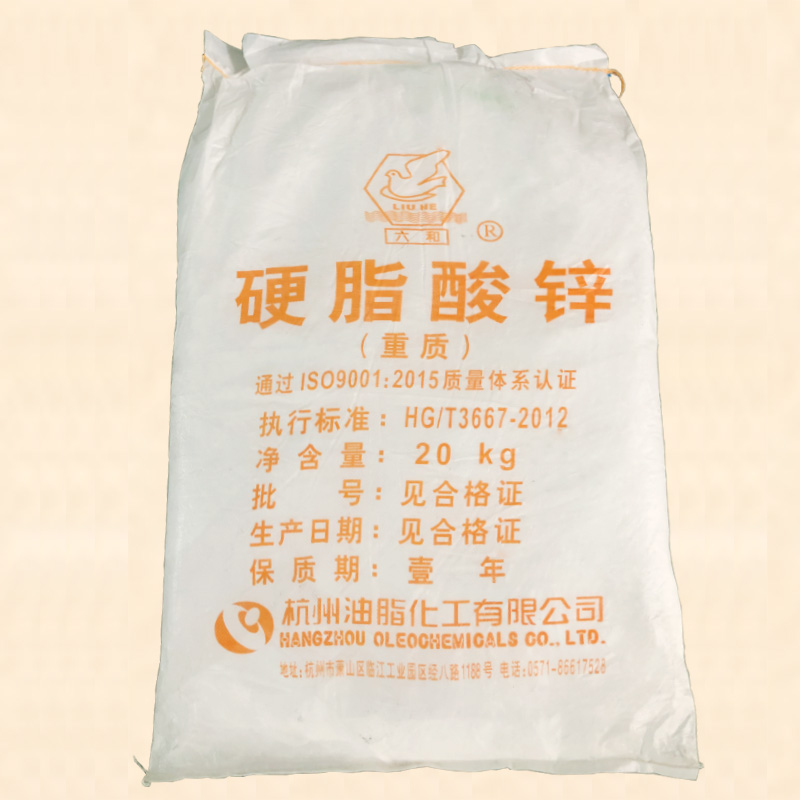Physical and chemical properties of polypropylene
- Mingpai
- 2024-06-05 16:55:57
Polypropylene (PP) possesses a range of physical and chemical properties that contribute to its versatility and widespread use across various industries. Here are some of the key physical and chemical properties of polypropylene:
Physical Properties:
Density: Polypropylene has a relatively low density, usually around 0.90 g/cm³, making it one of the lightest commercial plastics.
Melting Point: PP has a high melting point, typically ranging from 130°C to 171°C (266°F to 340°F), which allows it to withstand higher temperatures than some other plastics.
Tensile Strength: It exhibits good tensile strength and flexibility, although these properties can vary depending on the type and grade of PP used.
Impact Resistance: PP generally has moderate impact resistance, but certain grades can be engineered for improved toughness.
Thermal Insulation: As a plastic, PP is a poor conductor of heat, making it suitable for applications requiring thermal insulation.
Water Absorption: PP has very low water absorption rates, which means it does not get easily affected by moisture and retains its properties well in wet environments.
Chemical Properties:
Chemical Resistance: Polypropylene is highly resistant to many chemicals, including acids, alkalis, and aqueous solutions, making it suitable for chemical storage and handling applications.
Stability: It is resistant to oxidation and degradation from exposure to UV light, although long-term exposure can cause some degradation over time.
Non-Toxicity: PP is considered a safe, non-toxic material, which is why it's widely used in food packaging and medical devices.
Flammability: PP is flammable but can be formulated with flame retardants to enhance its fire-resistant properties.
Recyclability: PP is recyclable (classified as resin code 5), meaning it can be processed and reused in the manufacture of new products.
Crystallinity: Polypropylene can exist in both amorphous and crystalline forms. Its semi-crystalline structure contributes to its stiffness, hardness, and heat resistance.
These properties collectively make polypropylene a preferred material in many industries, balancing properties like lightweight, durability, chemical resistance, and processability to meet a wide array of application requirements.
